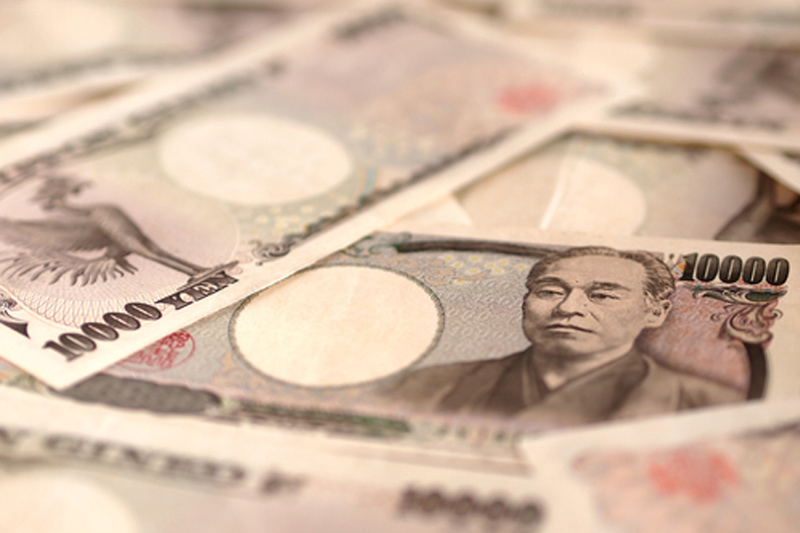Investing.com - The Aussie held gains in Asia on Monday, shrugging off a PMI services reading that dropped sharply into contraction and noting a sharp gain in second quarter business profits with a China services aiding sentiment as well as the yen gained following remarks from the Bank of Japan chief that signaled room to ease further.
AUD/USD rose 0.26% to 0.7593, while USD/JPY changed hands at 103.72, down 0.18%.
In Australia, the AIG services index slumped into contraction at 45.0 in August with a previous reading of 53.9. As well, the Caixin services PMI from China rose to 52.1, beating an expected 51.9 level and up from 51.7 the previous month. China is a top trading partner for Australia.
AI Group Chief Executive Innes Willox said the fall in services combined with the return to contraction of the manufacturing index sounds a sobering warning of the fragility of the economy. "The results demonstrate that business urgently needs confidence-building measures which drive productivity and reduce costs and barriers to growth. Now, more than ever, business needs all sides of politics to act together in the national interest."
For the Caixin estimate, jobs and business outlooks were key. "The indexes for employment and business expectations improved markedly over July's readings, while the others did not change much." Zhong Zhengsheng, Director of Macroeconomic Analysis at CEBM Group, a Caixin subsidiary focused on research, said in the release.
Japan reported average cash earnings gained 1.4%, beating the 0.5% increase expected year-on-year as some companies switch from lower-paid, part-time and contract workers to hiring more regular workers to deal with labor shortages.
Also in Australia, second quarter business inventories rose 0.3%, less than the 0.4% quarter-on-quarter gain seen and company gross operating profits jumped 6.9%, better than the expected increase of 2.0% quarter-on-quarter.
At the weekend China's President Xi Jinping urged G20 members to step up policy coordination in order to promote global growth and maintain financial stability.
The U.S. dollar index, which measures the greenback’s strength against a trade-weighted basket of six major currencies, eased 0.13% to 95.75.
Ahead this week, China reports trade and inflation data amid ongoing concerns over the health of the world's second biggest economy and the U.S. will update on sector growth with markets there and in Canada shut on Monday for holidays.
Outside the G7, market participants will be awaiting a monetary policy announcement from the Reserve Bank of Australia on Tuesday.
Last week, the U.S. dollar ended higher against a basket of major currencies on Friday, reversing earlier losses as traders stuck to bets that the Federal Reserve will still raise interest rates before the end of the year after a tepid employment report for August quashed most talk of a move as early as this month.
The U.S. economy added 151,000 jobs in August, disappointing expectations for an increase of 180,000, the Labor Department said. The number of jobs created increased by 275,000 in July, whose figure was revised from a previously estimated 255,000 gain. The unemployment rate remained unchanged at 4.9% this month, confounding expectations for a downtick to 4.8%.
The report also showed that average hourly earnings rose 0.1% in August, below expectations for a 0.2% increase.
The disappointing data dampened expectations for a near-term rate hike, as Fed officials recently indicated that the pace of interest rate increases will be data-dependent.
According to Investing.com's Fed Rate Monitor Tool, investors are pricing in a 21% chance of a rate hike at the Fed's September 20-21 meeting, down from 27% ahead of the employment data.
The greenback ended the week with a gain of 0.3% after hawkish signals from senior Fed policymakers, including Janet Yellen and Stanley Fischer, revived speculation of a near-term rate hike.
The yen was also pressured amid mounting expectations the Bank of Japan will unveil fresh stimulus at its September policy meeting to boost sluggish inflation.
